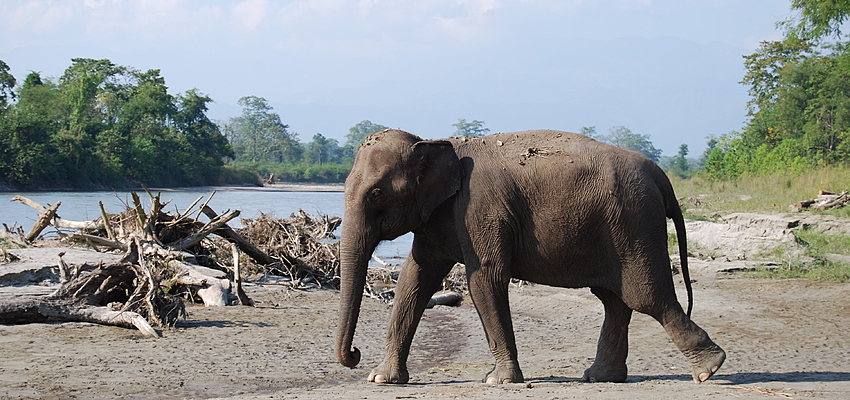


Hemmed in by two giants and home to vertiginous peaks, Nepal is a unique, atypical country. The climate varies according to the region and temperatures according to the season. Only certain animal species are capable of surviving in its varied landscape. Here's a rundown of what you can expect to find during your trip to Nepal.
*After the devastating earthquakes that shook Nepal in April and May 2015 the country is slowly getting back on its feet. This article was written before these catastrophic events occurred.
At 800km long and 200km wide, Nepal is dwarfed by its neighbours, with China to the north and India to the south. Covering less than 150,000km2, the country is a bit smaller than the UK.
The country is divided into five regions. During a trip to Nepal you'll be able to tour the Teraï, the Siwaliks,the Mahabharata Lekh, the Nepalese Plateau and the Himalayas.
Out of the 14 peaks in the world that reach above 8,000 metres, Nepal is home to 9, including the legendary Everest, the roof of the world, at a staggering 8,850 metres. In addition to these giants, there are also a hundred-odd mountains of around 7,000 metres.
The climate in Nepal varies according to the region. Teraï is tropical, the Kathmandu Valley temperate and the mountainous regions glacial. The best time to go is during the dry season between October and April. Treks are best undertaken during October and November. The weather can be fine between December and February, but temperatures can plummet. Avoid the monsoon period between June and September. Rainfall levels peak during July and August. During these months, downpours are violent and roads often completely cut off. It's really not the best time to go.

Monkeys, birds and reptiles are just some of the animals you'll find in Nepal If luck is on your side, you may spot some of the country's rarer species - a tiger in the Teraï jungle or a snow leopard in the Himalayas. Depending on where you are, you may also see elephants, crocodiles, wolves and sloth bears. But the rarest, most difficult animal to spot is the Yeti. Numerous people have apparently seen one, but no one's managed to prove its existence. Keep your camera to the ready just in case...